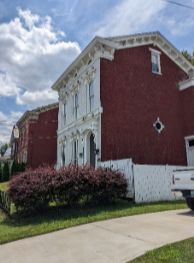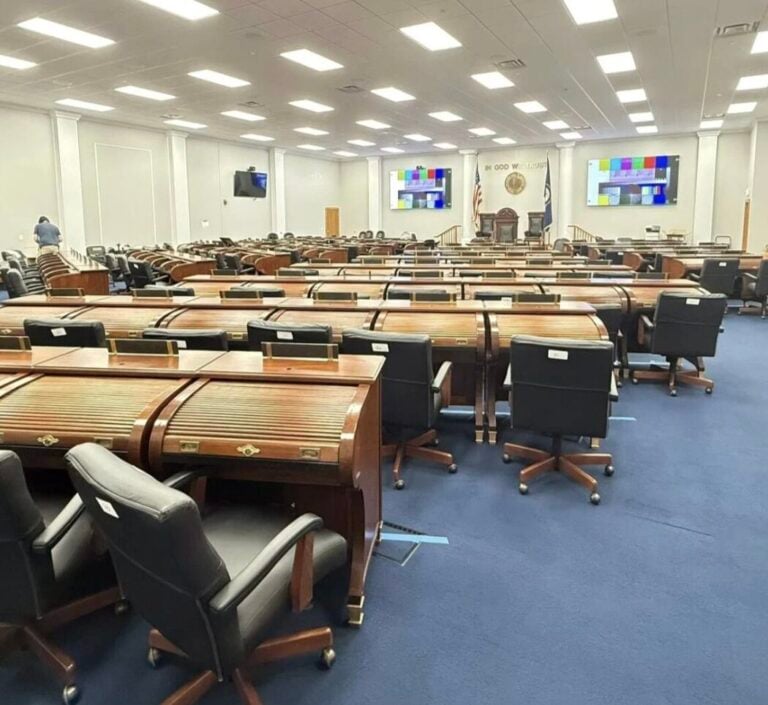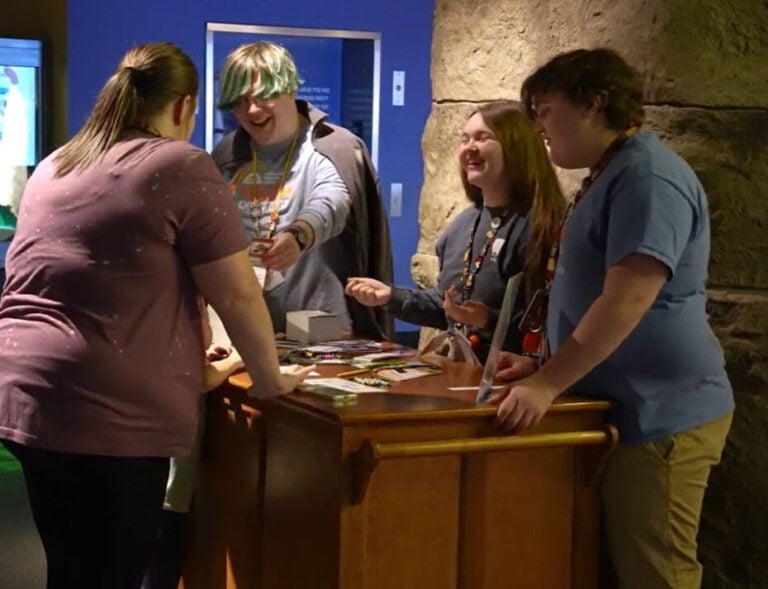The Buena Vista Neighborhood (the West Side of Newport) is one of the most proximate and least expensive residential neighborhoods to the Cincinnati city center. For that reason alone, this substantial part of Newport will see change whether we like it or not. The free market – whether prompted by developers or current owners – will inevitably ensure that.

The primary question is: Who will control that change? Will current citizens of Newport’s west side or outside developers make that decision? Each of these competing visions for Newport’s future West Side could be distinctly different. Using the example of the East Side, I want to explore what those visions are and how they might develop.
The Mansion Hill/Gateway (East Row Historic District) example illustrates the importance of vision. For just $13,000, my brother, Ken Rechtin, and I purchased our first home at 307 Overton in 1976. Even at that time, $13,000 was to us a real bargain because there had been, for quite a few years, significant disinvestment in the neighborhood. Planning maps of the time identified number 307
Overton as “deteriorating” and in a state of disinvestment – enabled by an absentee landlord.

This was due, in large part, because a significant portion of the neighborhood was envisioned as high-rise apartments. The vision was codified on the city’s zoning map. This zoning at that time made all but two existing buildings, both on Nelson, non-conforming. Had Fourth Street and Fifth/Nelson Streets been used to access I-471 (the “outsider” plan), this idea might have made sense as a highway corridor extending through the City to Covington. This was the vision of outsiders, the Kentucky Highway Department, the business development community, and the Northern Kentucky Chamber of Commerce (Also lost in this conversation was anything having to do with the eventual development of Riverboat Row.) It might have worked if disinvestment continued to the point where pride of ownership would have depressed all property values until urban redevelopment – sometimes called “urban removal” – made outside commercial investment possible.
Existing neighbors, as well as newcomers, began to see the outsider vision not only as unacceptable but even financially unrealistic. After very many neighborhood meetings, together they started to build a different vision of what the neighborhood could become. Independent of any city action, historic designation seemed to make sense. Practically, it would help protect the housing from “federally funded” projects – like I-471 ramps. The national historic district was a start while a local district was planned and later instituted. Other changes like rezoning to single family uses came along as well.

The then city commission’s vision seemed centered on a top-down patronage model of government. So, impetus had to come from forward-thinking individuals working at the very grassroots. That’s where the Mansion Hill Neighborhood, the Gateway Neighborhood and the Newport Citizens’ Advisory Council came in. Citywide perceptions had to be changed by bucking, and eventually reforming, the city
establishment.
With a new improved citizen-based vision for the east row came the desirability and pride in the neighborhood. Home values began to improve – mostly to the advantage of current owners. As more “newcomers” immigrated, they brought energy to that vision and living in Newport came to be respected as home values improved.

But, back to the west side.
Last July 2022, Ed Davis, Ken Rechtin and I did a “walkabout” on the West Side of Newport. To those who question the worthiness of preserving the homes there, I would answer with an enthusiastic
and resounding: “YES, there are wonderful homes and properties worthy and deserving of preservation!”
“Doing nothing” is an alternative to preserving the architecturally significant homes on the West Side. But, as to those who oppose the vision of a local historic district overlay, I ask the following:
Since the 2016 citizen driven ReNewport Plan for the west side calls for a local historic district, what is their competing vision for Buena Vista and the West Side of Newport? And how is it any better? Does it respect current situations, citizens and especially, homeowners? Does it inspire or frustrate their enthusiasm for living here? Does their vision create the enthusiasm and pride evidenced in the East Row?
To Newport’s city leadership, I strongly suggest you make a positive choice for neighborhood pride and
historic protection now or fall prey to disinvestment and the vision of outside developers.
As a prior homeowner at 307 Overton in the East Row Historic District, I was never “forced” to use special paint palettes or make other costly improvements beyond my financial means. As I recall, because of the city historic overlay, I was able to get a low interest loan to help me replace my aging furnace with a newer and more efficient one.
Improvement efforts in the East Side came because there was a consensus of vision. A vision which was focused on preservation and pride. Preserving our architecture and promoting our pride.
Nick Rechtin was instrumental in shepherding the Mansion Hill Neighborhood Association which later morphed into the East Row Historic District with National Historic District and Historic District designations.

















